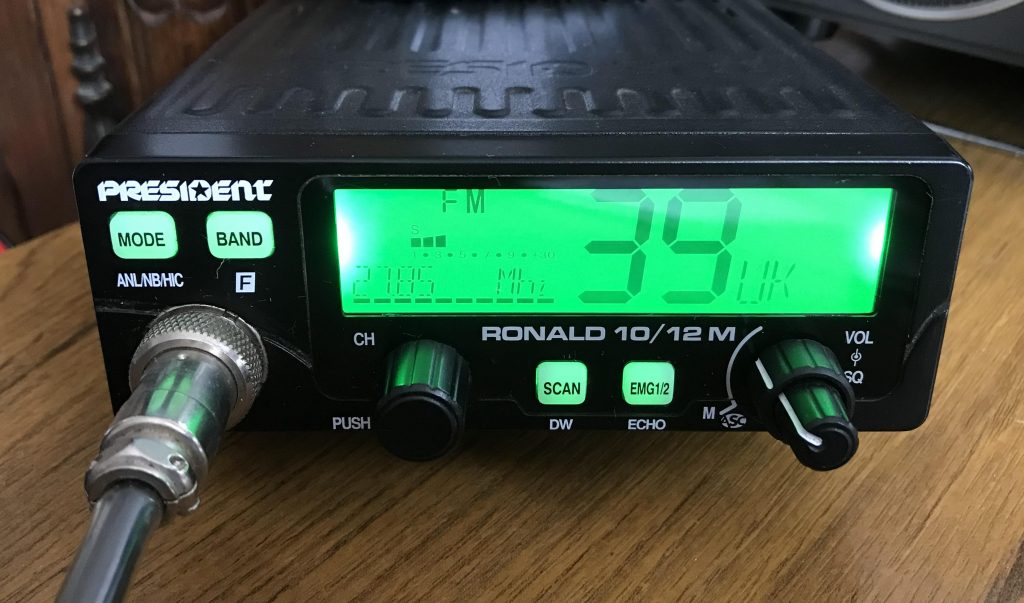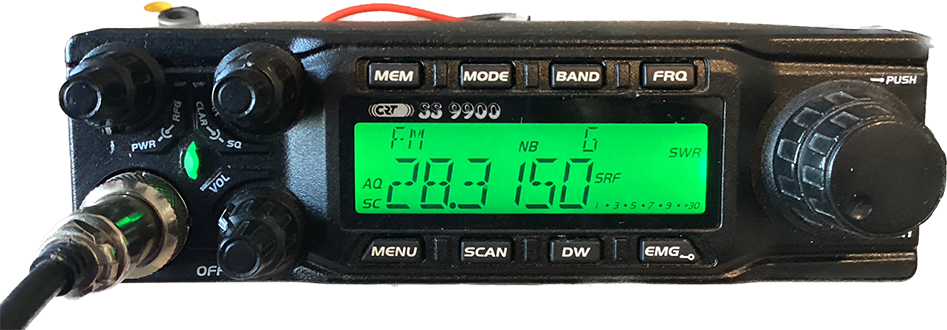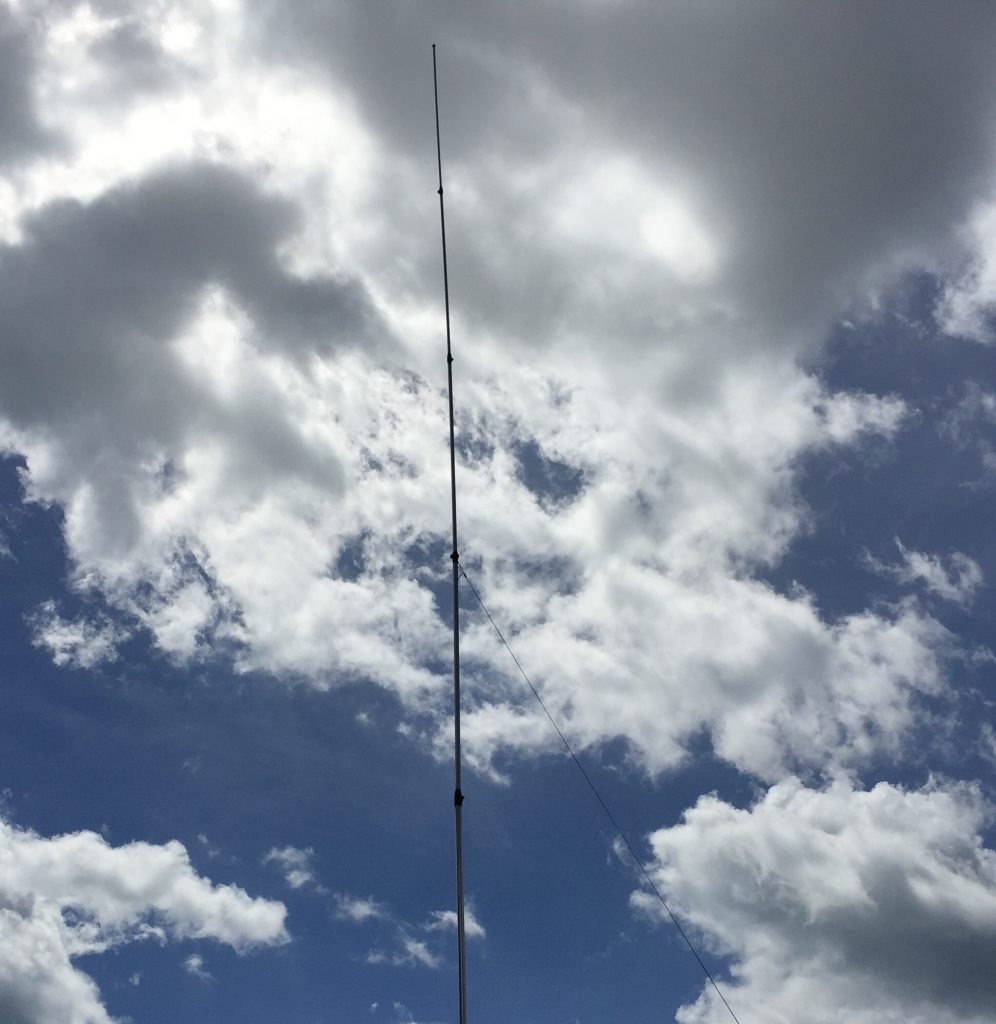10 and 12 Metres
These bands are excellent in several ways. A simple, inexpensive CB aerial can bring amazing results. I use the Sigma Venom 5/8 wave antenna. When adjusted properly for the band in use, the aerial may be fed with 50 ohm coax without the need for an ATU. The bands often open up and allow some decent DX, even during sunspot minima. Another plus is, a low cost transceiver will be more than adequate. For SSB, CW, AM and FM, the Anytone AT5555 is ideal. For FM and AM, the President Ronald is a great radio. Also, it can be opened up to cover 24.700 to 31.100 kHz. I regularly use both radios and receive good reports. My favourite is the CRT SS-9900 Superstar. See the photos below.
I also use my Kenwood TS570D on 10 and 12 metres with the Sigma CB aerial. I’ve worked Indonesia and Australia, among many other countries. By the way, the base of my aerial is only 6 feet above ground.
Ten metres is a great band for local FM QSOs. There are a few of us here in Worthing, West Sussex who regularly chat on 29.600kHz. I’ve recently been calling CQ using CW on 28.058, the Fists CW Club frequency… and getting nowhere! Having said that, the band hasn’t been in good shape for several days. I’ll try again when things have improved. Pictured below is my Sigma CB aerial adjusted for 10 metres.
There’s a list of 10 metre beacons here.
The 12 Metre Band 2/3/2023:
Here’s a very quick look at the 12 metre amateur band…
Propagation on 10 and 12 metres:
Propagation on these bands can be affected by a variety of factors, including sunspot activity, time of day, and atmospheric conditions.
One of the primary modes of propagation on the 10 meter band is through ionospheric reflection. This occurs when radio waves are transmitted from one location and bounce off the ionosphere, a layer of charged particles in the upper atmosphere. The angle at which the waves hit the ionosphere determines the distance they can travel before returning to Earth.
During periods of high sunspot activity, the ionosphere becomes more ionized, which allows radio waves to travel further distances. Another factor that can affect propagation on these bands is the time of day. During the day, the ionosphere is typically more ionized, which can lead to better propagation. However, during the night, the ionosphere can become less ionized, which can make propagation more difficult.
There’s more on the sun spot cycle here.
10 metre beacons:
Here’s a great beacon: SV6DBG. QRP (1.5 Watts) 10 metres CW and RTTY on 28.269 MHz. This is a very useful benchmark. Thanks to Dimitrios for running the beacon.




